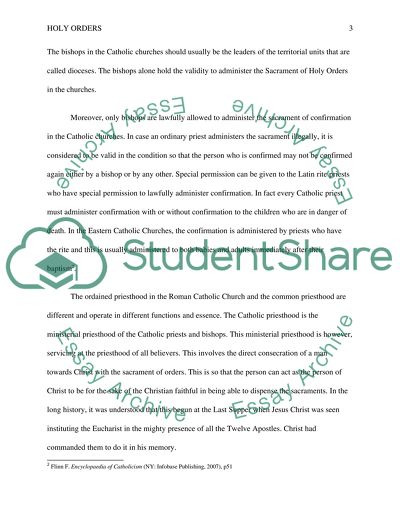Cite this document
(“Holy Orders Research Paper Example | Topics and Well Written Essays - 3250 words”, n.d.)
Retrieved from https://studentshare.org/religion-and-theology/1402430-holy-orders
Retrieved from https://studentshare.org/religion-and-theology/1402430-holy-orders
(Holy Orders Research Paper Example | Topics and Well Written Essays - 3250 Words)
https://studentshare.org/religion-and-theology/1402430-holy-orders.
https://studentshare.org/religion-and-theology/1402430-holy-orders.
“Holy Orders Research Paper Example | Topics and Well Written Essays - 3250 Words”, n.d. https://studentshare.org/religion-and-theology/1402430-holy-orders.


